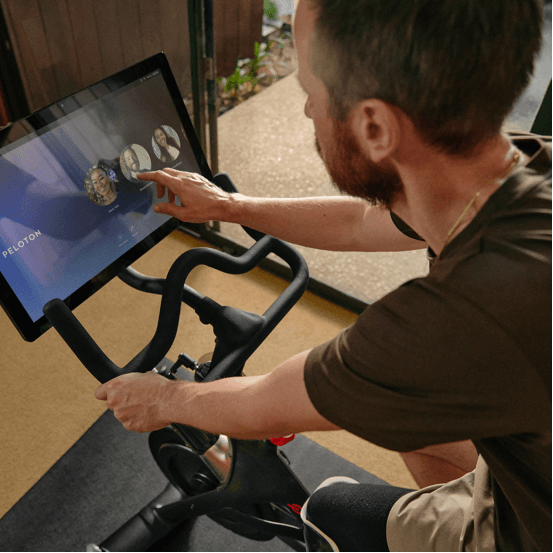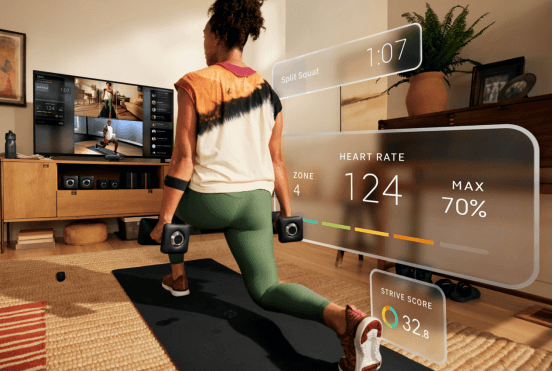Fitness: Pandemic Fad or Lifestyle Item?
Come 2025, the home fitness revolution is another kind of heat making homes sweat from Texas to Toronto, as winter winds whip over North America. What was once a pandemic stopgap has become a cultural mainstay, shattering Americans' and Canadians' views of health. From sunrise yoga on balconies in Montreal to high-intensity interval training in living rooms in Los Angeles, at-home workouts are as ubiquitous as morning coffee. But can this movement go beyond its novelty? Let's take a look at why it's cutting a swath, what it's failing at and whether V. is here to stay.
From Lifeline to Daily Ritual: Transformation From Lockdown
Fast forward to 2020: When COVID-19 closed gyms from Seattle to Halifax, fitness junkies and couch potatoes alike rushed to make do. Life coaches sprang up overnight on YouTube fitness channels. Peloton bikes were snatched from shelves for months. Walmart's yoga mats were harder to find than toilet paper. Fast-forward to 2025, and the home fitness boom still shows no signs of slowing.
Based on recent data from Statistic, online fitness subscriptions and sales of amount in North America are 25% over last year. Dumbbells and resistance bands topped Amazon wish lists in 2024, and the number of videos on TikTok's #HomeWorkout challenge numbered 10 billion in Q1 2025. Take Kayla It sines, an Australian-born fitness influences, who are now a household name in the U.S. Her 15-minute HIIT soliloquies regularly rack up half a million likes from acolytes working from Chicago apartments and Vancouver condos.I can connect with friends in other time zones when I work out from home, she said.The reason is it's unscripted, it's real, and it's raw.
What, though, is pulling North Americans? For James, a 38-year-old software developer in Chicago, it's primarily a matter of convenience:I was wasting 40 minutes round-trip to the gym. I work out vigorously every lunch hour. Technology also plays a part. Smart mirrors like the $1,995 For me Life, which corrects your squats as you do them, sold out weeks after its 2024 U.S. launch. Even Canada's public broadcaster CBC made time in a prime slot to cover the rise of smart home gyms.

By the Numbers: North America's Home Fitness Obsession
33% of U.S. adults, 28% of Canadians exercise at home weekly, 10% point more than pre-pandemic rates (Statistic, 2025)Peloton shares jumped 5% after December holidays in 2024, upon selling of +-200,000 bikes in last quarter 2024 (Wall Street Journal)72% of millennial say the main reason for canceling a gym membership is flexibility (Forbes, 2024)
But there's a cultural shift underlying these stats. North Americans are replacing locker rooms with living rooms, scheduling their workouts around their schedules rather than the other way around.I'll lift weights at 6 in the morning or do yoga at midnight, says Sarah, a 32-year-old marketing executive from New York.No more scrambling to make a 7 PM spin class.
Why Home Fitness Wins Hearts
Savings: Gym memberships in the U.S. average roughly $50–$100 a month; in Canada, gyms tend to charge around $40–$80 CAD. Now compare that to dumbbells and a mat for $100 — or even as low as $40–$80 CAD in Canada for a frugal setup of the home gym worth having until the end of time.
Additions in Time: Out with grueling week long glimmer on the neighboring rec center for high power span preparing, which is anything but difficult to fit in amid your lunch hour, enhancing your day by day practice.
Community Vibe: Hashtags such as #PlankParty (1.2M posts) transform D.I.Y. sweat sessions into collective experiences, D.I.Y. on James's Discord is like100 gym buddies rooting you on, he said.
Health Benefits: Being home workout reduces 12 percent of LDL cholesterol and 18 percent of stress hormone levels (American Heart Association,2024).
Your Reality Check: A Reason Why Some People Drop Off
And for all its benefits, home fitness has its drawbacks:
Motivational Slumps: Cast upon the floor of Reddit r/HomeGym, confessions likeMy treadmill was an $800 coat rack after 3 months. Lack of Space: Manhattanites joke that in 500-sq-ft apartments yoga mats become dining tables. Injury Risks: E.R. visits stemming from at-home workout goofs (like gnarled toes from sliding kettle-bells were up 12 percent from 2019 (National Safety Council).
Even Sarah admits:I love home yoga, but I really miss heavy weights for muscle building.
The Future: More Knowledge, Less Action, and Social
Perhaps some of these pain points could be addressed by innovation:
Space-Saving Tech: Tread-mill-desk combos that tuck under the bed? Such companies — like FoldFit — are encouraging this. Virtual Coaching: Peloton 2025AI Trainer adjusts your routines in real-time as your form and fatigue level change. Hybrid Models: The LA Fitness-style equipment rentals ($15/day) for home users world-who've had the itch to sweat on eclectic gear.
The concept of social accountability is also evolving. 500,000 North Americans signed up for Kayla Itsines' 30-dayLiving Room Lift challenge in January 2025.We're recreating gym camaraderie in the digital space, she said.

The Bottom Line
Home fitness is not the death knell for gyms — it's finding its own place. For on-the-go parents, budget-conscious students or rural dwellers miles away from an actual gym, it's a life saver. As James puts it: 'I've saved $2,000 over three years in gym fees. It is worth it, my home setup paid for itself.
As 2025 rolls on, the people of North America will be taking the rules of fitness and rewriting them — one living room bur-pee at a time. Whatever your attitude toward HIIT or your skepticism of yoga, the bottom line is clear: The best workout is the one you'll actually do. And more and more, that's taking place between the couch and the coffee table.
